On 23 August, the opening ceremony of the online version of the 'We Are Seediq' exhibition took place at the Institute of Ethnology, Academia Sinica (Taiwan). This is one of the outcomes of the cooperation between the National Museums of World Culture (Sweden), The Seediq National Assembly (Taiwan) and the Indigenous Cultural Heritage MA Programme of Providence University (Taiwan). The management of the exhibition has been handed over to members of the Seediq community to be developed in ways that can meet the needs of their community in the future. It is the result of the TAKING CARE Project, co-funded by the Creative Europe Programme of the European Union.
Thanks
to the Museum of the Institute of Ethnology of the Academia Sinica for
being the guide of the project and the editorial guidance of the digital
display.
Check out the link to the exhibition here
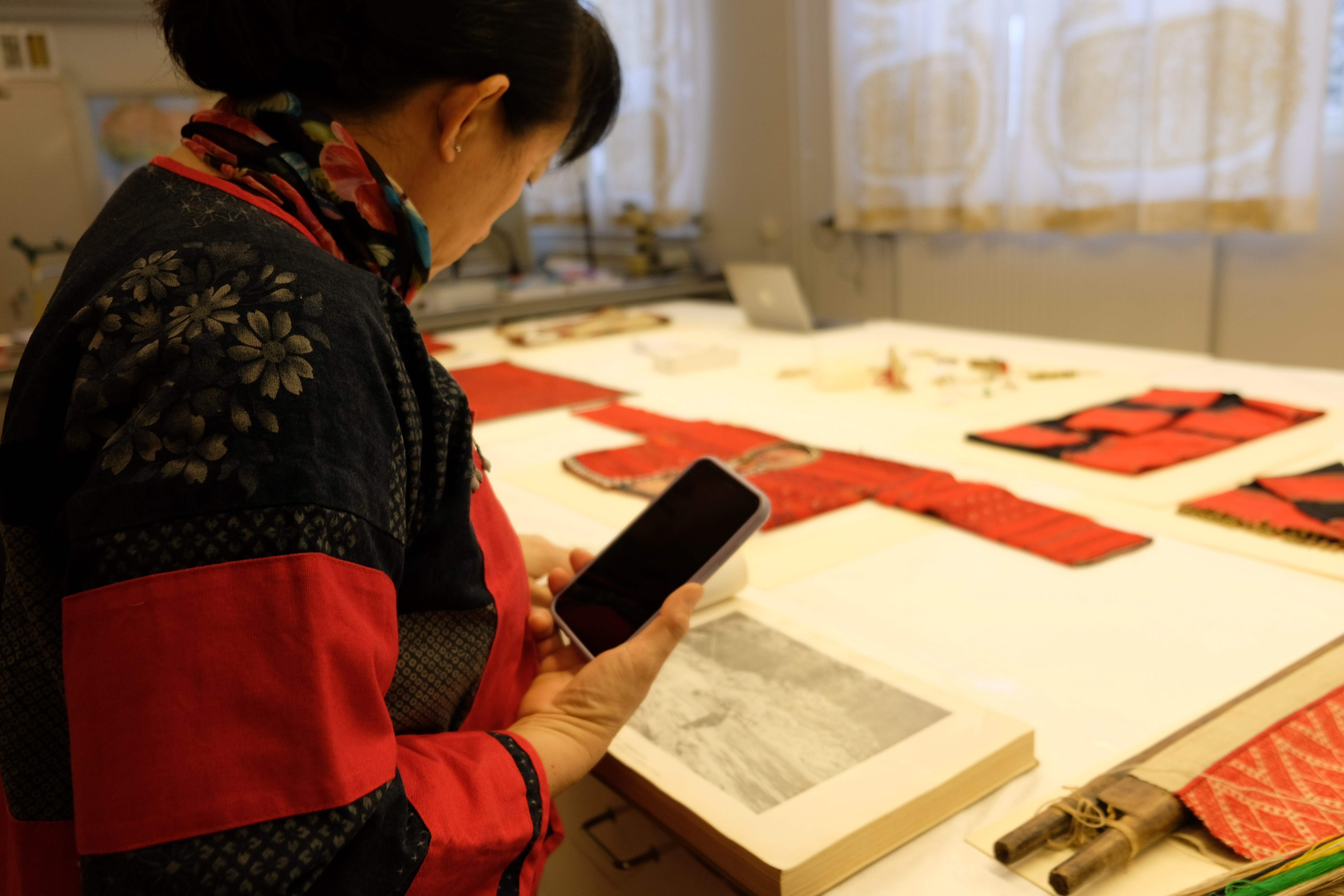
From Sweden to Taiwan
When the museum was looking for an originating community to work with on this project, a particular collection from Taiwan became of special interest. Research revealed that these objects originated from Seediq communities, who were recognized as a separate group of indigenous people with their own identity in 2008. Seediq means human being and is the name of an in indigenous people in Taiwan.
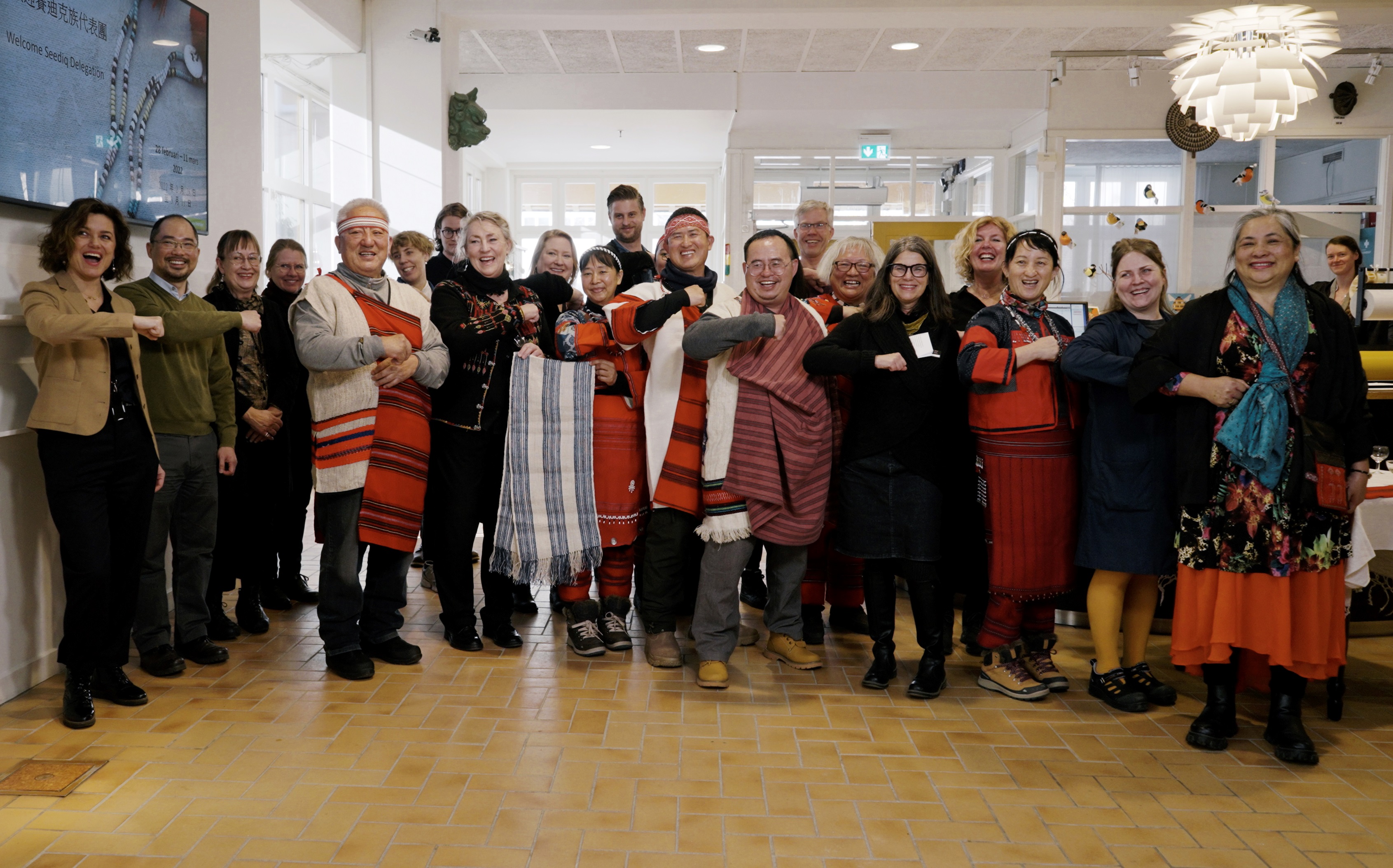
In the Beginning
The National Museum of World Culture (Världskulturmuseerna) in Sweden collected a group of cultural relics of Taiwan's indigenous peoples from 1907 to 1918. In order to implement the Taking Care Project of the European Union, the museum began to search for the source community and conduct peer-to-peer cooperation. Through the assistance of Guo Pei-yi, Director of the Museum of Ethnology, Academia Sinica, the museum contacted the Seediq National Assembly and the teachers and students of the master program in indigenous cultural heritage at Providence University, and started a cooperation plan.
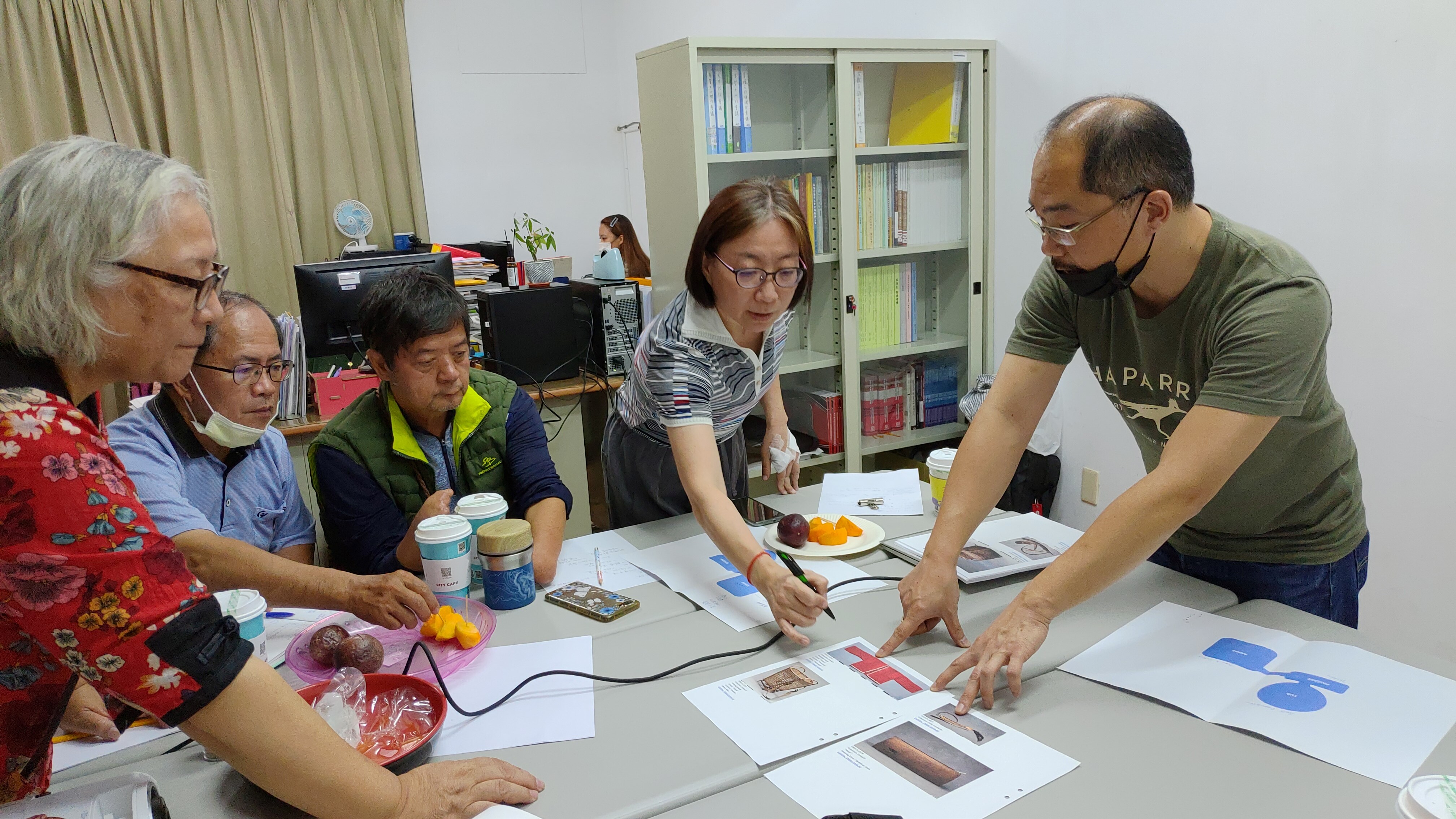
collaboration method
In order to ensure the Seediq people's subjectivity in terms of the cultural interpretation and application of the cultural relics, and to respect the autonomy of the Seediq people, the National Museum of World Culture in Sweden, the Seediq National Assembly, and Providence University jointly signed a MOU cooperation memorandum through tripartite negotiations. In the memorandum it is affirmed that the United Nations Declaration on the Rights of Indigenous Peoples and the rights and freedoms of indigenous peoples are the competent decrees for the application and expressions of traditional cultures for the Seediq people. The three parties agree to commit themselves to complying with the provisions of the Act in carrying out their respective tasks in this project. This memorandum of cooperation can be used as a model for EU museums to seek peer-to-peer cooperation with indigenous peoples. It is also sufficient as a reference for domestic educational institutions, museums and indigenous peoples when conducting cooperation program.
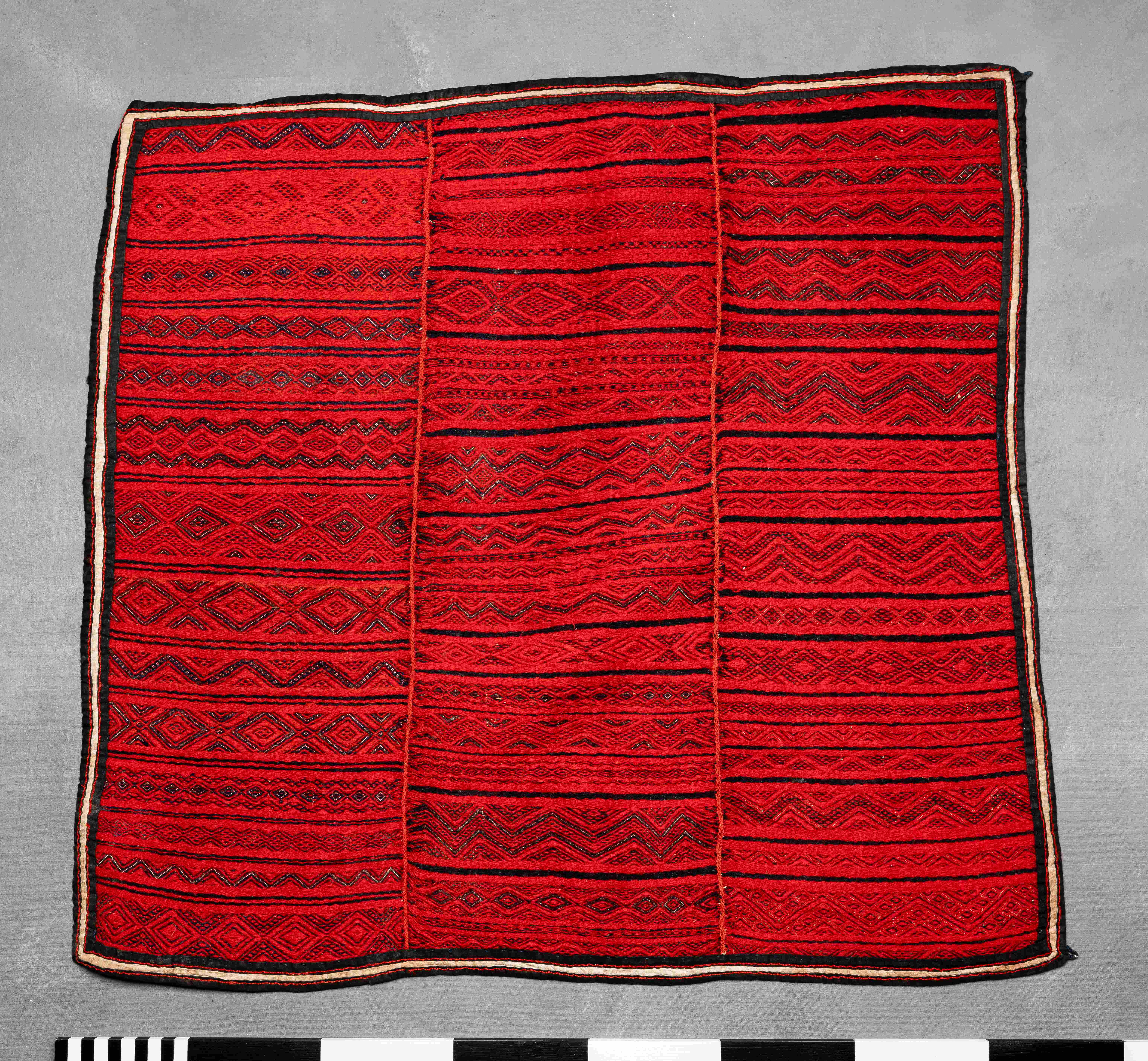
Histories of the Taiwan Collections at the Museum of Ethnography
The Museum of Ethnography in Stockholm, Sweden manages three collections of objects colllected in Taiwan, likely between 1907 and 1918. The J.F.G. Umlauff collection is the most numerous and best documented. It is from this collection that some of the descendants of the original communities from which the objects were collected are able to be identified. The other two collections are the Folke Cronholm and Sten Thiel collections. All of these collections were collected under a colonial context, while Taiwan was a Japanese colony between 1895 and 1945. In total, six indigenous ethnic groups have been identified as being represented in the collections (Tao, Paiwan, Atayal, Seediq, Rukai and Tsou).
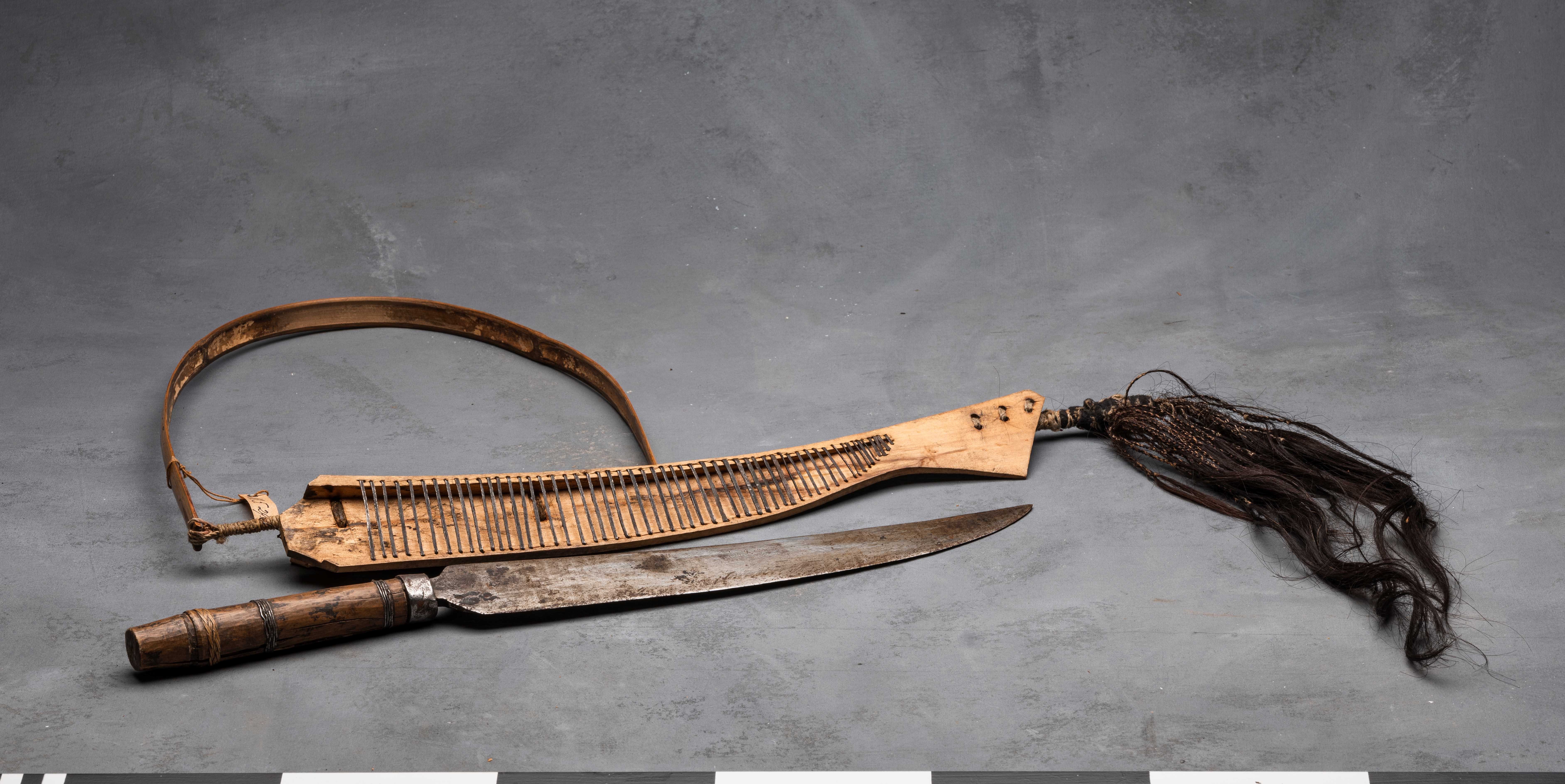
Gender roles
Gender roles are an important part of Gaya/Waya. The harmony of the tribe depends on its members following Gaya/Waya. According to the elders, it’s only by fulfilling one’s roles that one can cross the spirit bridge after death and return to the realm of the ancestors and reunite with their families.
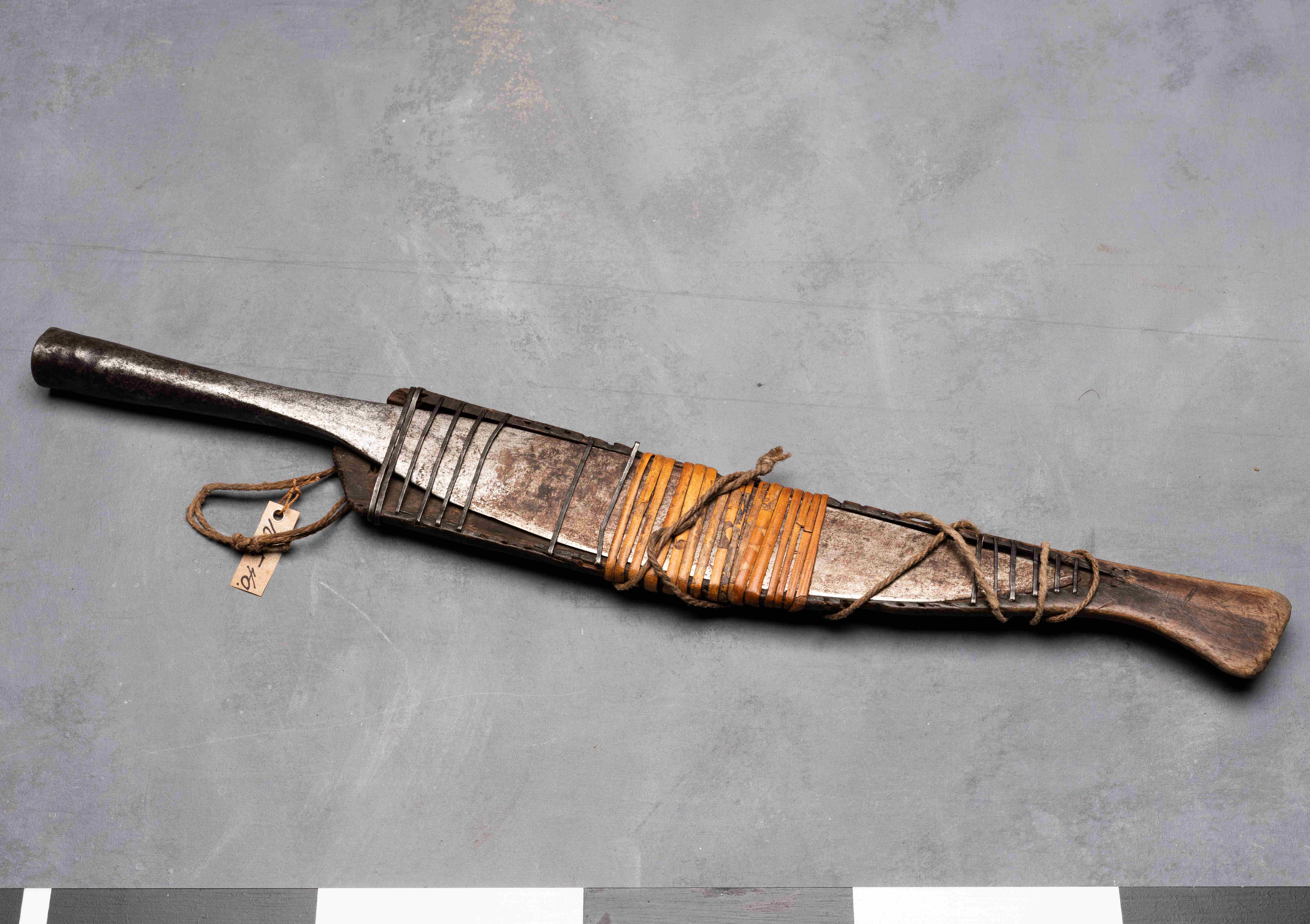
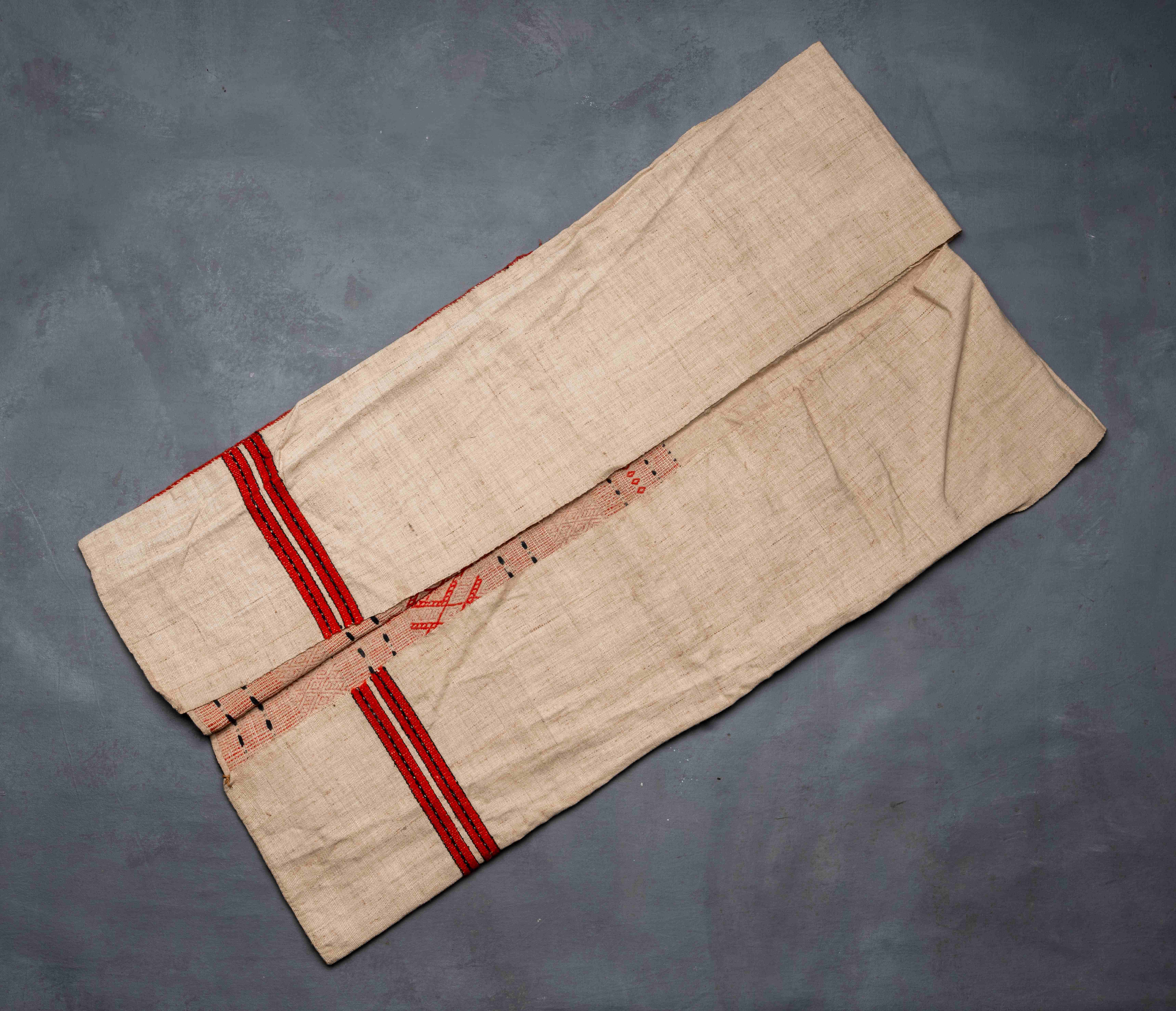
men
According to Gaya/Waya, men were expected to protect their families and be good hunters. Hunting provided food for their families, and the meat was also shared with members of the hunting party. The act of hunting also followed the rules of Gaya/Waya and was dependent on different divinations, such as the flights direction and call of the spiritual sisin bird (the grey-cheeked fulvetta). The population of this bird is declining due to environmental changes. Seediq men conductec headhunting ceremonies as a coming-of-age rite, to prove personal reputation and to counteract disasters that occurred in the tribe, it would be entertained. Then, the enemy’s spirit would join the tribe and help to protect it. Headhunting was a dangerous operation, and the rules of Gaya/Waya were followed strictly.
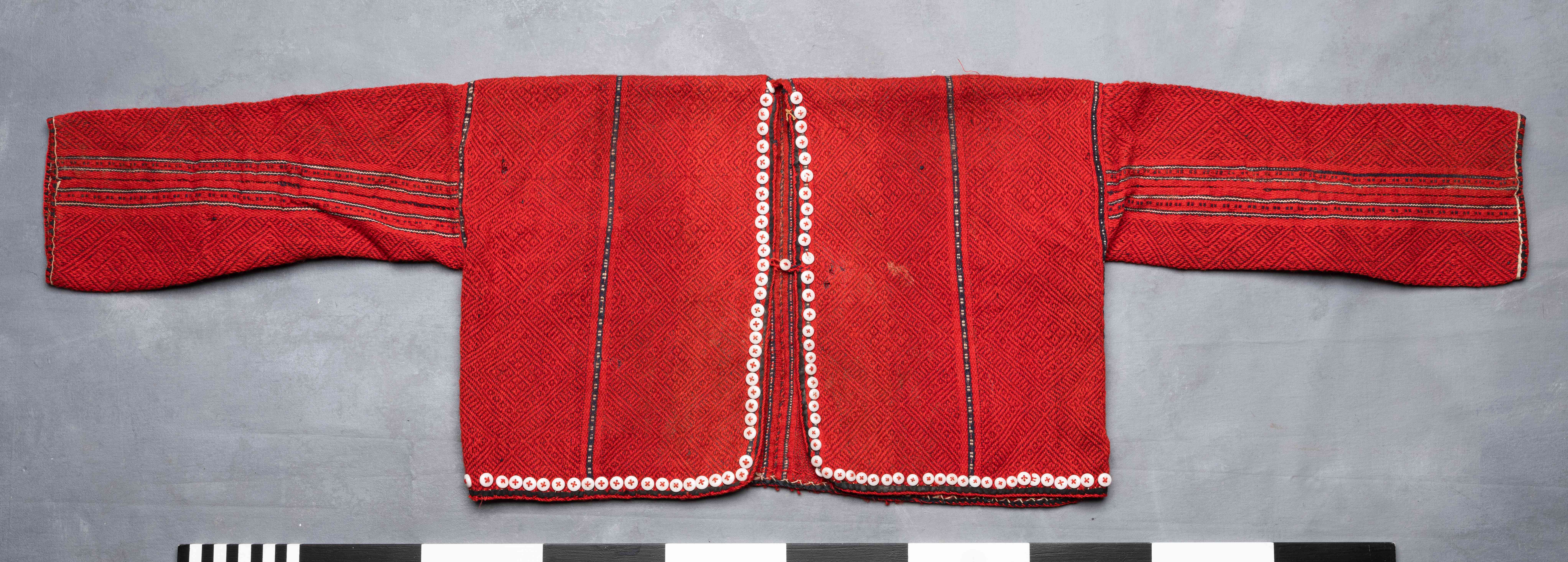
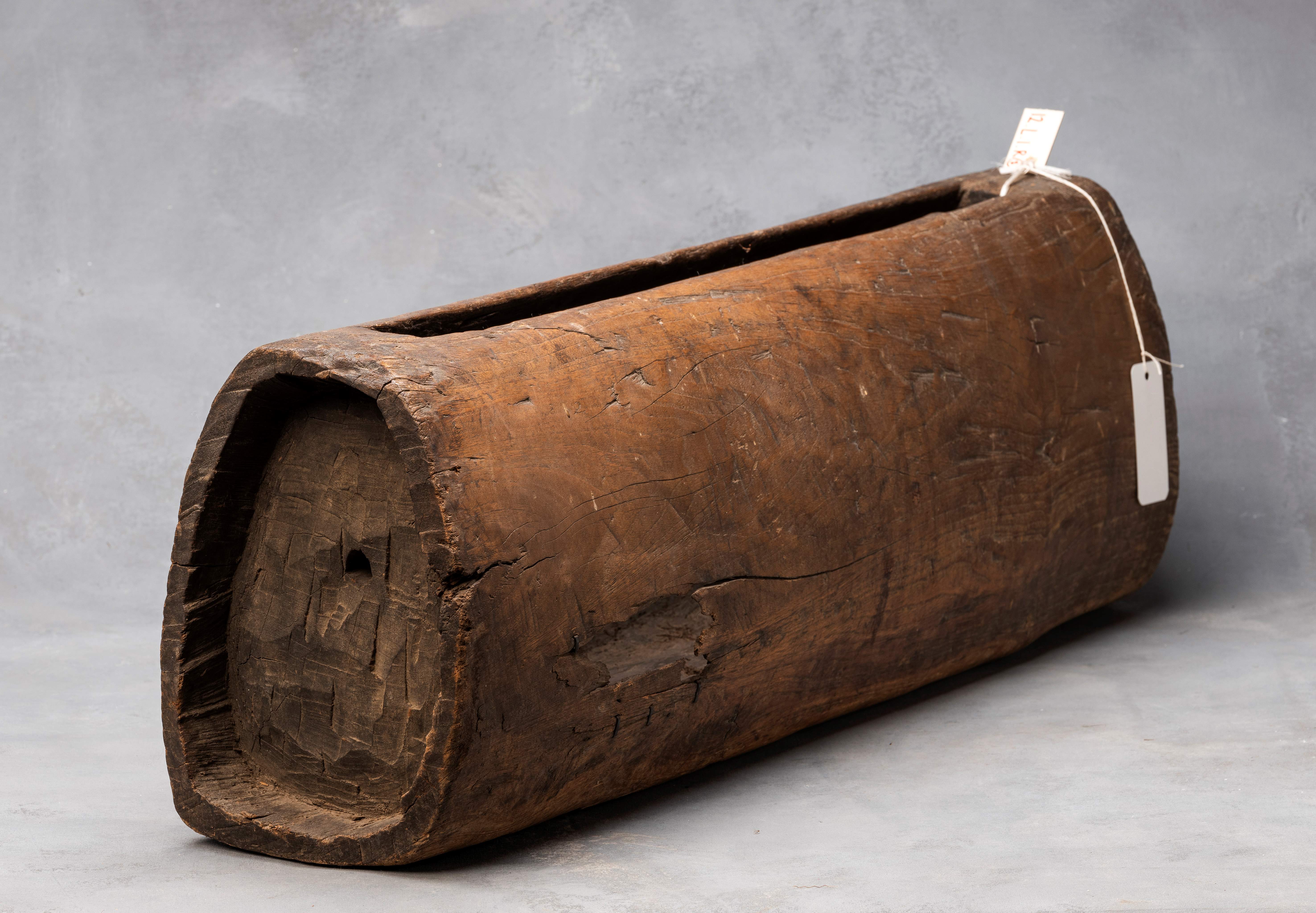
Women
Weaving cloth was an important way for Seediq women to keep their families warm. The traditional weaving material was ramie, which is similar to linen. During the Japanese colonization period of Taiwan, wool and machine-made cotton cloth became more available and replaced ramie. These matericals can all be seen in thee texiles in this exhibition. The knowledge of weaving was under pressure during the Japanese colonization period of Taiwan. The occupying power required more people for infrastructure work, such as building roads. Therefore, the Japanese administration labelled weaving as lazy behavior and discouraged it. Cultural disruptions such as this helped erode adherence to traditional concepts of Gaya/Waya.
Men touching weaving tools could lead to difficulties with weaving, which may prevent the family from keeping warm. Women touching hunting tools could lead to failed or dangerous hunts.
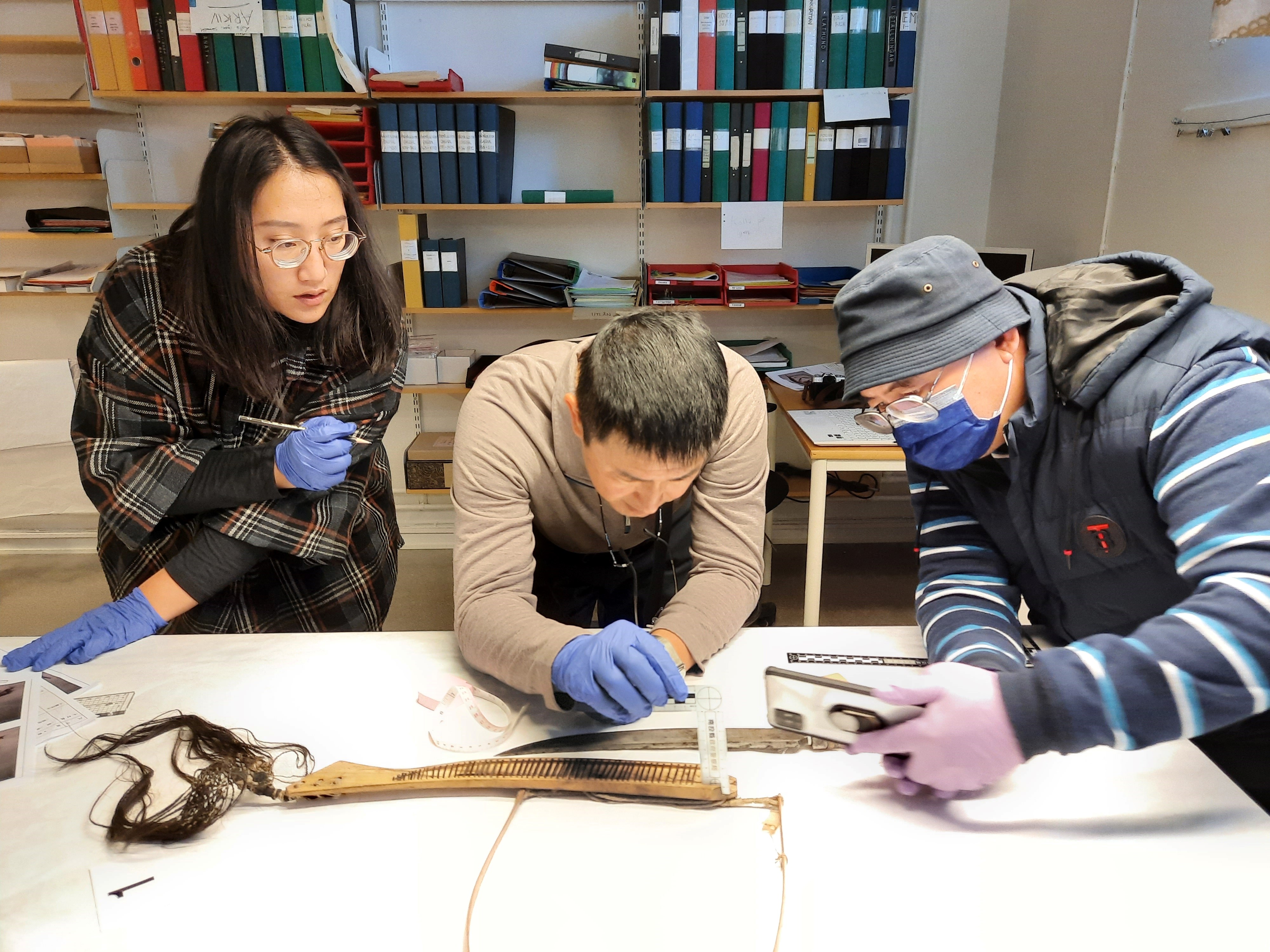
Reconciling with old collections for the future
These are the oldest known Seediq objects, and they came to the museum more
than a hundred years ago. Until this cooperation between the museum and the
Seediq, the objects were labelled as Atayal, as that is how the Seediq were
classified by the Japanese administration when the objects were collected. Due
to this cooperation, these museum objects now have their correct cultural
attribution – Seediq. As much traditional culture has been lost since the
objects were collected, some within the Seediq community are working with
museum collections to help revitalize the culture. Reconciliation is and
important part of Seediq culture. By leaming from older museum collections,
they are also reconciling with their ancestors. The historic objects embody the
knowledge of the lives and wisdom of their ancestors. In February 2022, a
Seediq research delegation studied the collections at the museum to reconcile
with their ancestors and take back the knowledge learned from the historic
objects to their people. As a result, lost weaving patterns are now being
reproduced by the descendants of the people who made the originals.
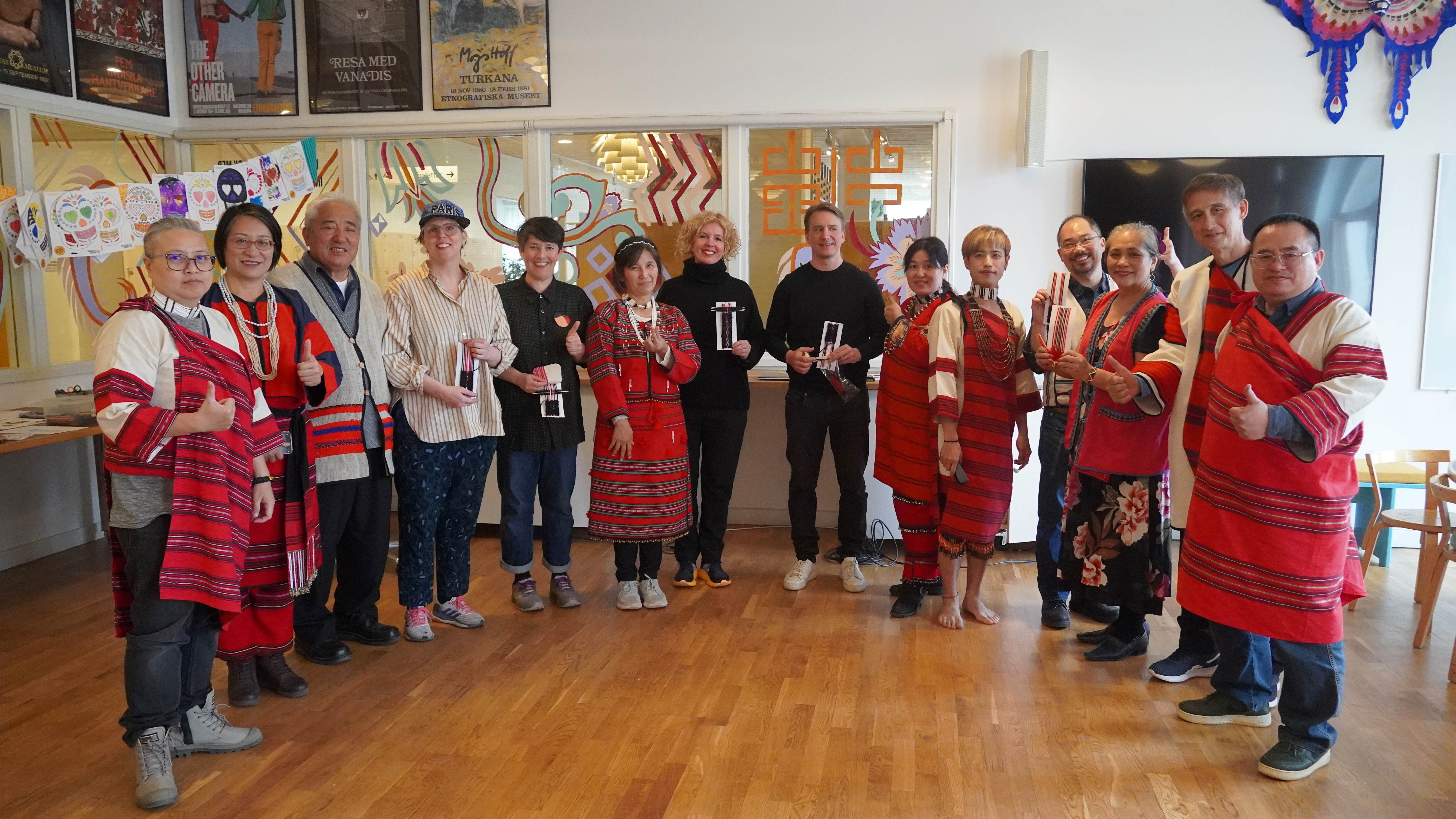
Seediq go to Sweden for cultural relics research
The museum invited the Seediq people to form a cultural relics research team, who went to Stockholm, Sweden, for a 2-week survey and cultural exchange in February 2022. Moreover, there was a sub-project of the physical exhibition - the exhibition jointly created by the Swedish World Museum and the Seediq. In order to make the project go smoothly, in addition to financial support from the Creative Europe Program of the European Union and the museum, it also received a partial subsidy from the Ministry of Culture in Taiwan.
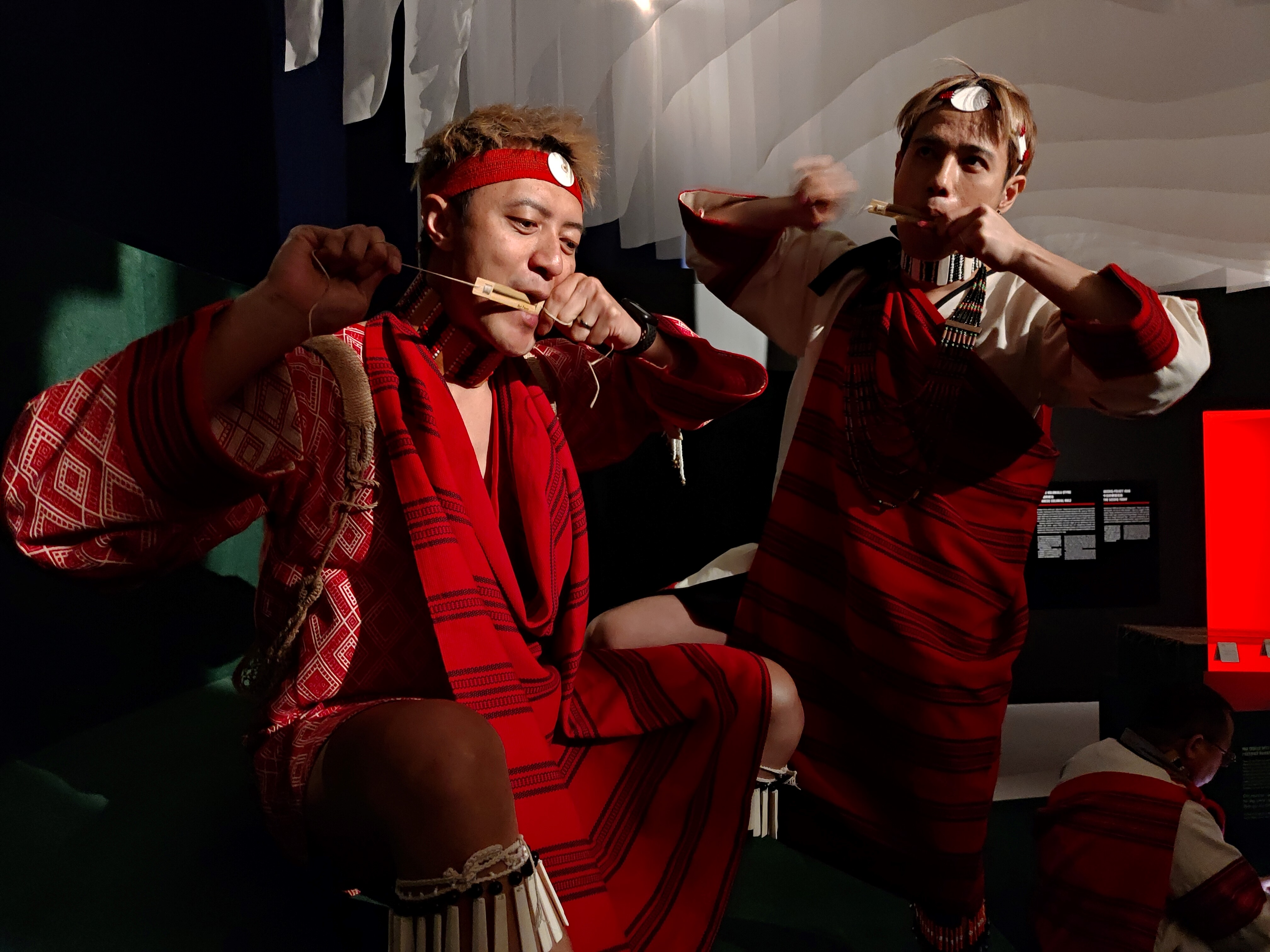
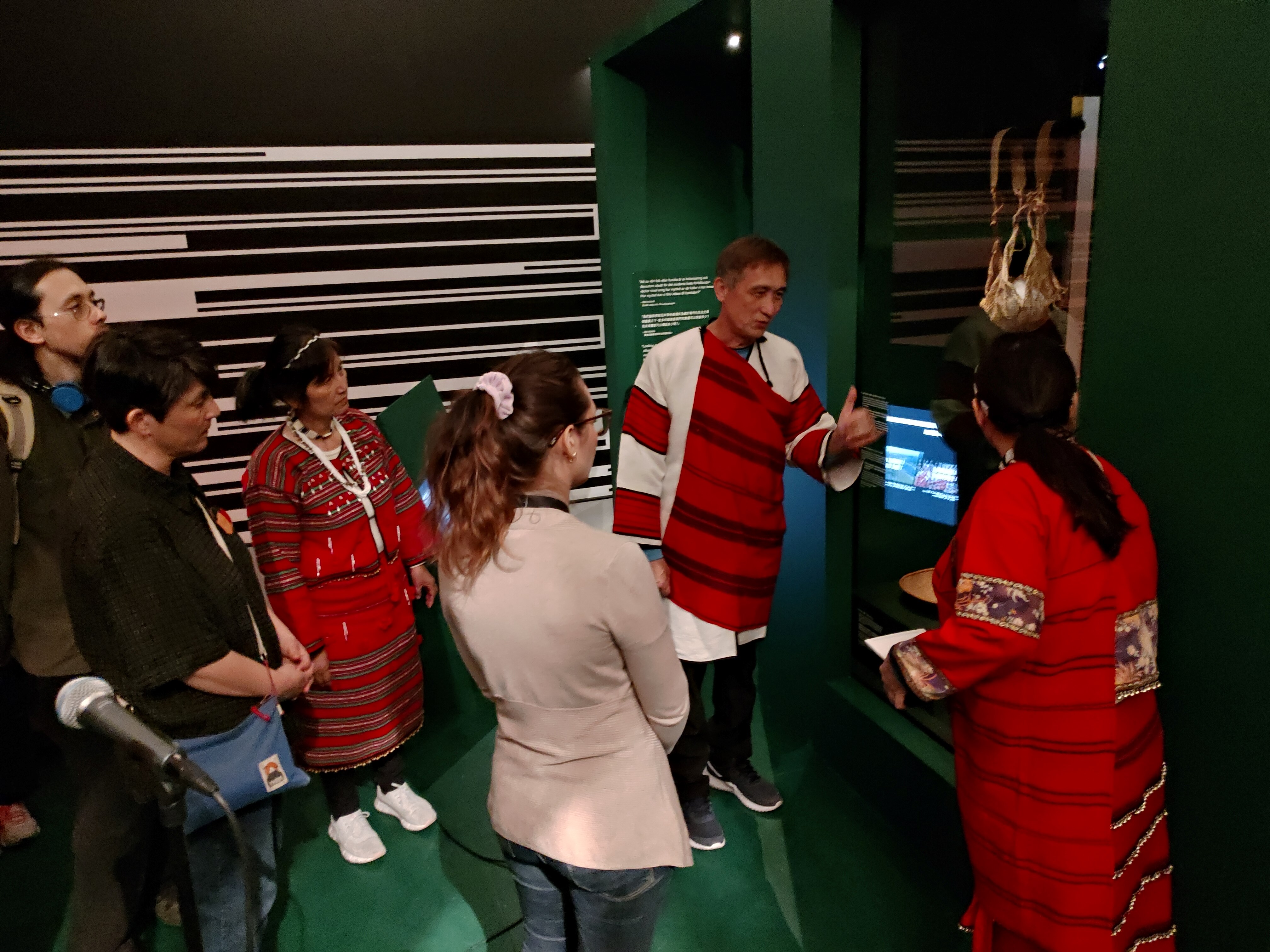
Tradition and Change
Indigenous peoples living in modern societies find themselves in constant
negotiation between tradition and change while trying to hold on to the core
of their identities. This is also the case for Seediq people.